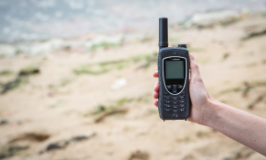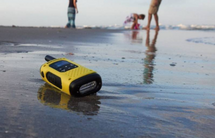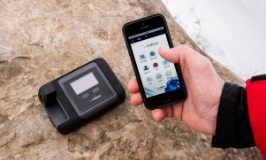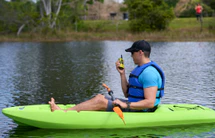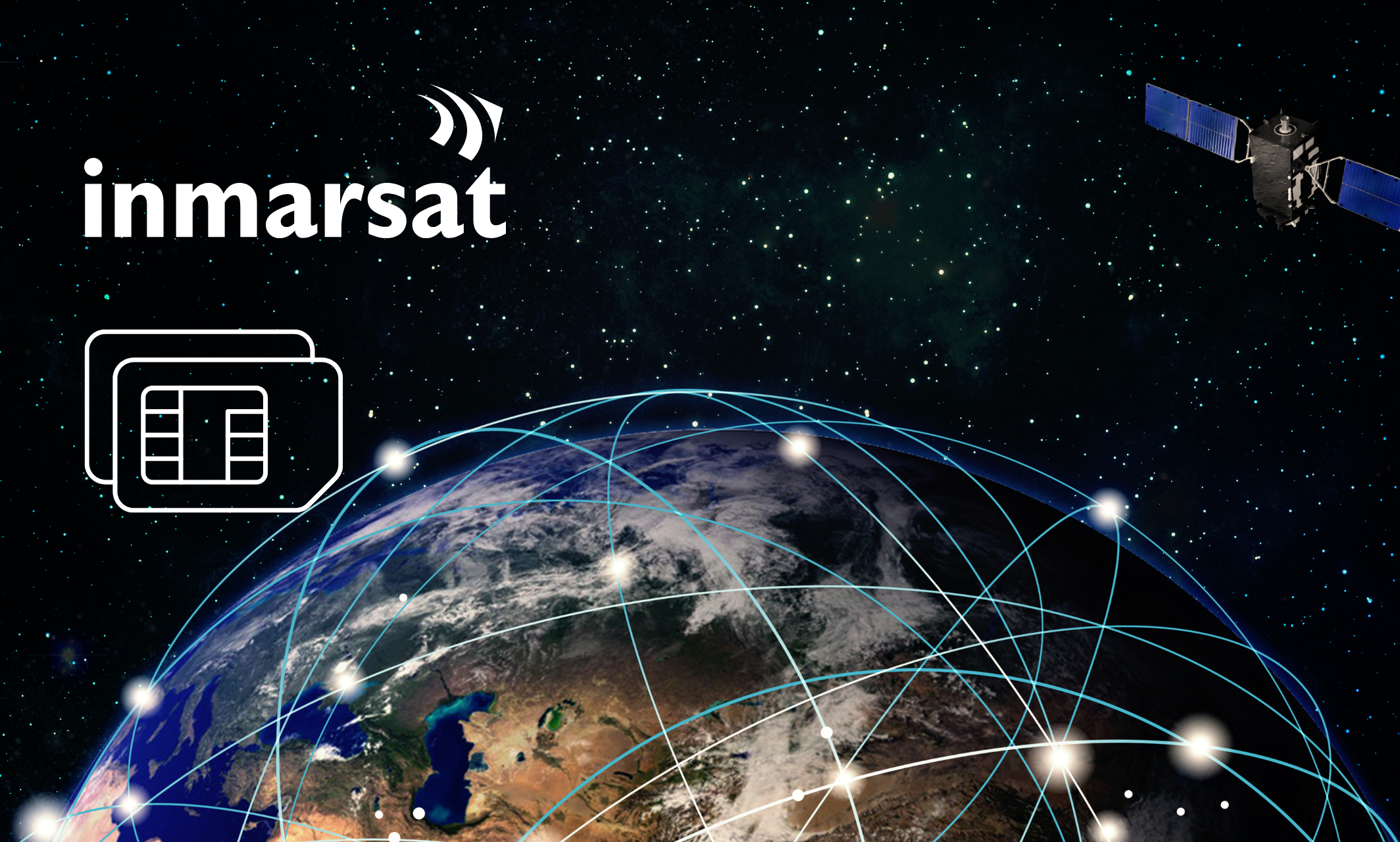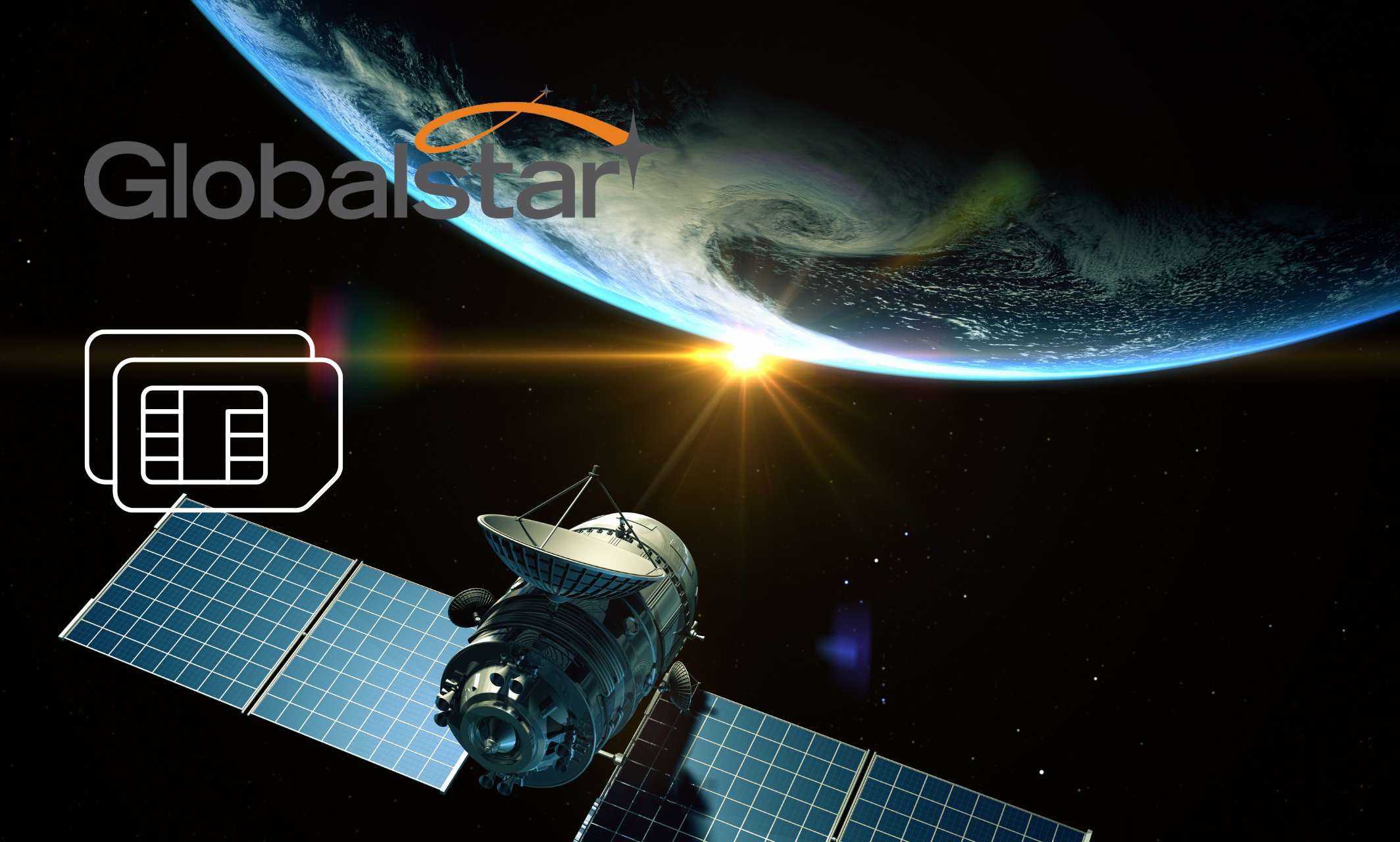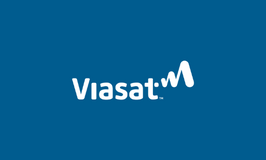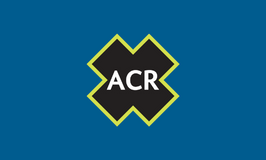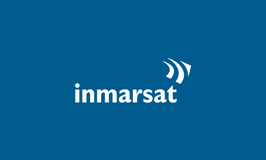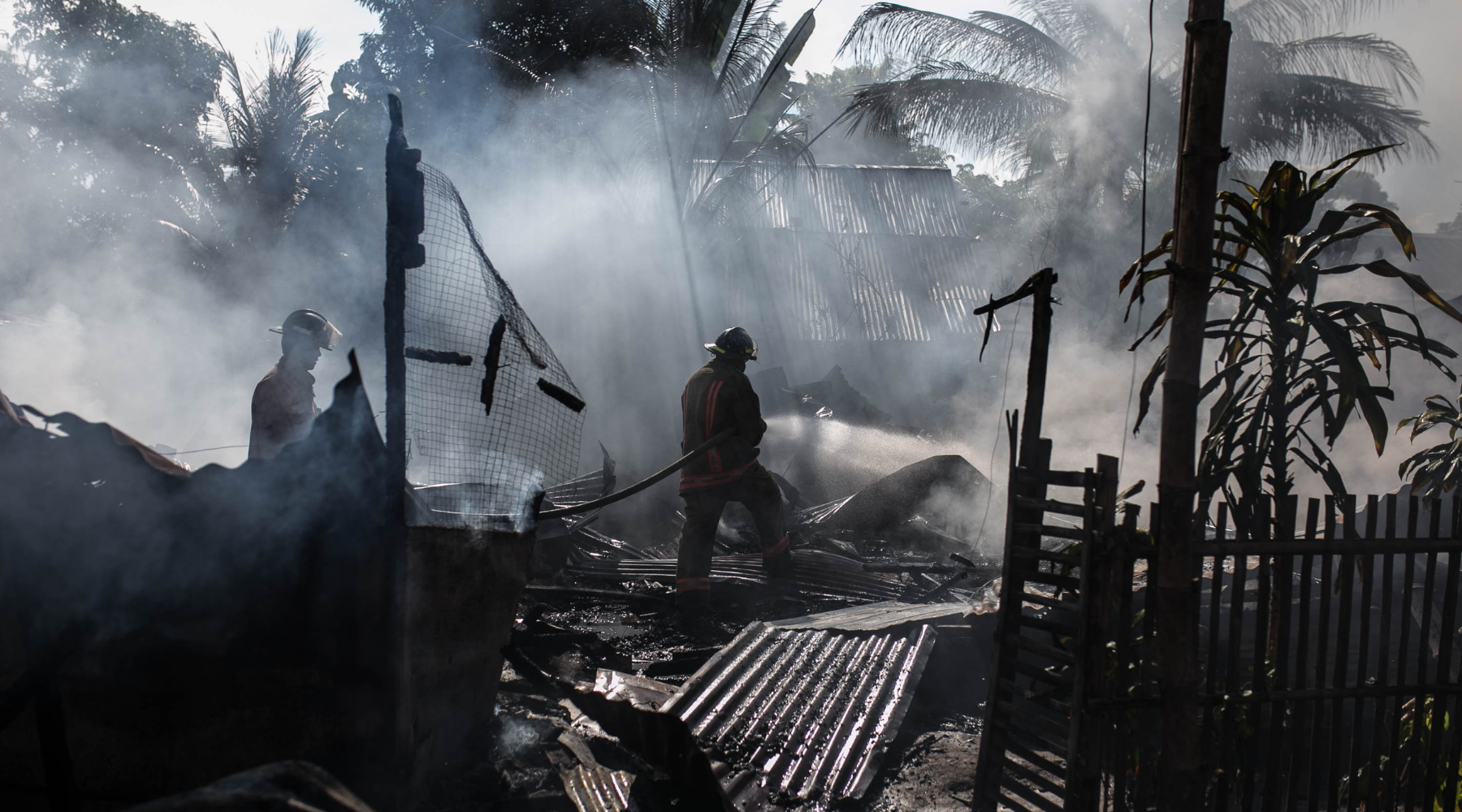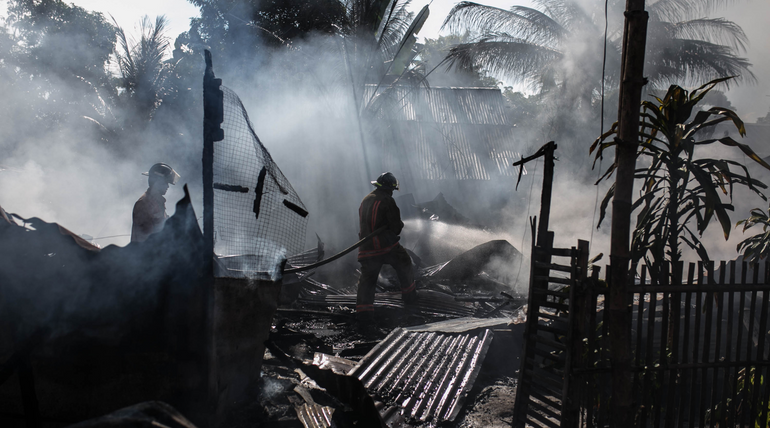Inmarsat BGAN helps deliver healthcare to remote areas in two innovative cases
BGAN satellite broadband is being used to improve high mortality rates and maternity care in the Amazon and West Africa.
In the Amazon where one in ten mothers and their babies die before their 1st birthday, Inmarsat-sponsored aid agency Télécoms Sans Frontières (TSF) is using BGAN in the region’s first ever eHealth network. The network allows health professionals to provide pre-natal, birth and post-natal care at four isolated health centres – improving the diagnosis and care of around 40,000 mothers and their babies.
 Healthcare professionals use the Cobham Explorer 700 to feed back medical conditions and obtain advice
Healthcare professionals use the Cobham Explorer 700 to feed back medical conditions and obtain adviceTSF installed the Cobham SATCOM Explorer 700 terminals after training technicians and health professionals at the health centres spread over the Rio Negro region in the north-west of the rainforest.
Using the terminals, midwives will be able to consult with other healthcare specialists at the main clinic in the town of São Gabriel da Cachoeira to remotely monitor and diagnose conditions.
An eHealth project using Inmarsat’s BGAN in Gabon, West Africa has shown how people living in a remote rainforest can benefit greatly from telemedicine. The project used a BGAN terminal to transmit ultrasound images to doctors at a local hospital and to Harvard Medical School in Boston, USA, where they could consult with patients in real-time.
 Eye exam: images are remotely reviewed by doctors
Eye exam: images are remotely reviewed by doctorsMathieu Forgues, a Harvard medical student, used a battery-powered VSee Telemedicine Field Kit alongside the BGAN terminal which comprises of an iPad, diagnostic tools and medical devices such as ultrasound equipment. It provides high-quality video across four camera feeds, allowing doctors to see the patient and real-time medical images and readings when connected to the internet via BGAN.
Mathieu travelled 50 minutes by boat from the local hospital, Albert Schweitzer Hospital, to two remote villages where he carried out ultrasound chest and ear check-ups on children. The images were then relayed to Dr Jean-Daniels at Albert Schweitzer Hospital, which serves a large catchment of up to 60 villages. Mathieu said: “For many villagers, especially children, this is the only chance they will have to see a doctor because there may be only one paediatrician in the area.”
Becky Wai, VSee’s Director of Medical Services, said: “Inmarsat plays an essential role in extending medical services, remote health consultations or online health education and training to rural and remote areas that are otherwise without the internet.
“The BGAN terminal is small enough to put it in a backpack and it’s ready to use in less than a minute when in the field. There’s no complicated set-up and configuration - just pressing a few buttons.
“During the two trial visits to the village, Inmarsat was 100 per cent reliable, offering all needed services to link remote medical teams to city-based doctors.”
Other Articles
Satellite Communications in Hurricane Preparedness...
Posted On April 25, 2024 By Guy Arnold | 17 min. read
As hurricane season approaches, residents of places such as Florida...
read moreExploring the Role of Satellite...
Posted On April 04, 2024 By Guy Arnold | 43 min. read
Introduction: Crucial Role in Emergency Preparedness Satellite phones are indispensable...
read moreConvenience at Your Fingertips: The...
Posted On March 22, 2024 By Guy Arnold | 22 min. read
Introduction When it comes to lone working or remote travel,...
read more
